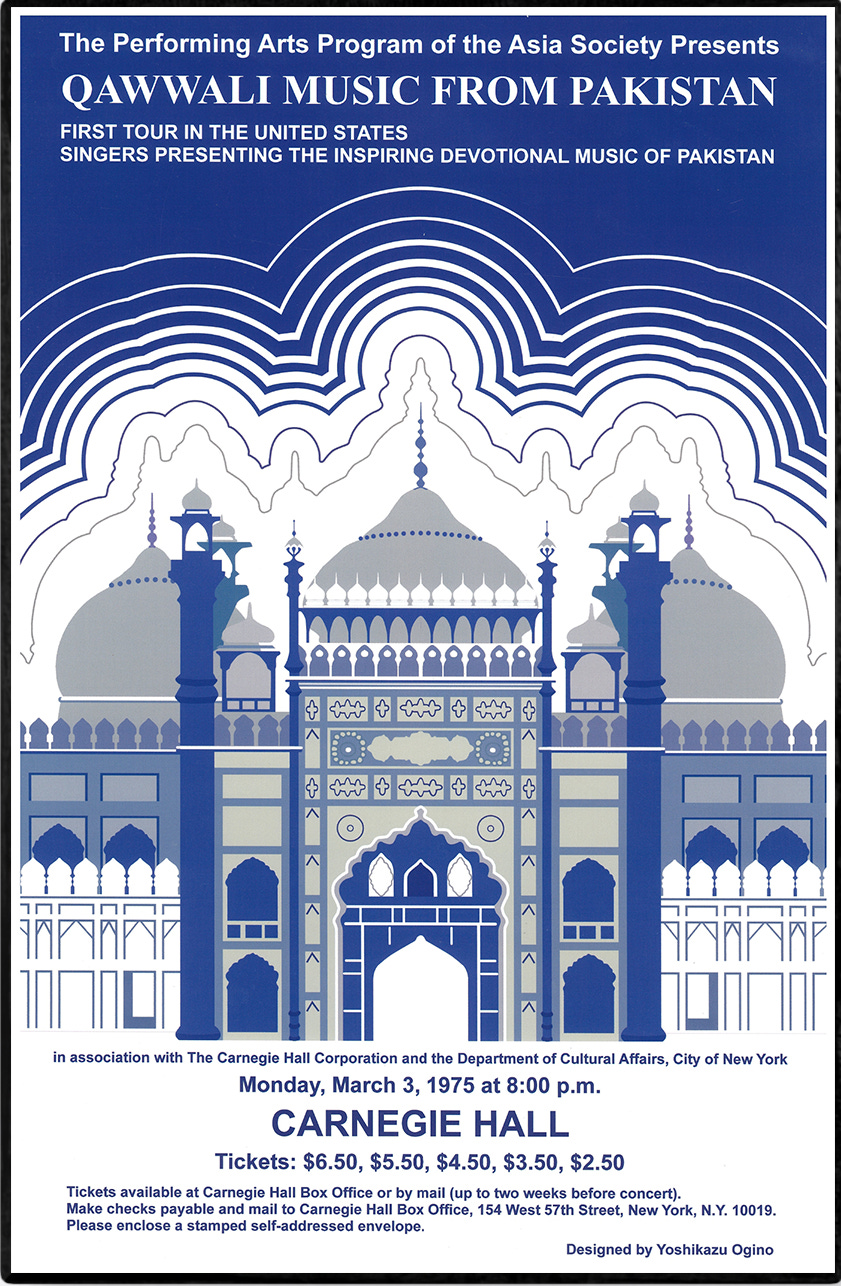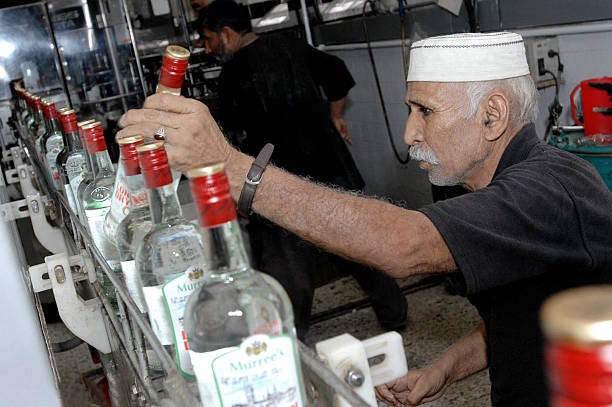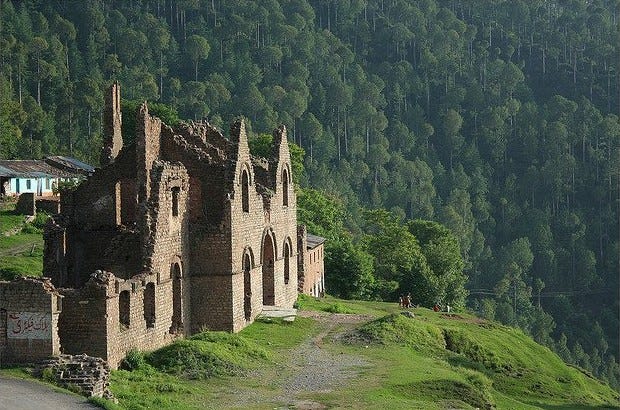Welcome to the Brown History Newsletter. If you’re enjoying this labour of love, please do consider becoming a paid subscriber. Your contribution would help pay the writers and illustrators and support this weekly publication. If you like to submit a writing piece, please send me a pitch by email at brownhistory1947@gmail.com.
Don’t forget to check out our SHOP and our Podcast.

A Beer in Pakistan: South Asian Encounters with European Beer by Sonia Gulzeb Abbasi

We often ask ourselves while seeing old buildings and architecture, how the past lives on inanimate matter (e.g. abandoned train stations, forts, graveyards, factories with symbolic architect designs). How do old buildings come to have an “afterlife”? How do analysts approach decaying sites that fall outside mainstream historical interest but are teeming with historical traces that arouse ambivalent affects? Murree, a small mountainous city in Pakistan, has a rich colonial history dating back to the mid-19th century. According to the "Imperial Gazetteer of India'' (1907-1909), the town was developed in 1851 under the supervision of Sir Henry Lawrence, a member of the Punjab administrative board. Its original purpose was to serve as a sanatorium (a specialized hospital) for British troops stationed on the Afghan frontier. British soldiers, who were not accustomed to the heat and mosquito-borne diseases prevalent in the plains, sought refuge in cooler hilly areas of present-day India and Pakistan. For those who are familiar with Murree, it was an intimate honeymoon resort for couples back in the 90s. Amidst the warm summer breeze, as kids we'd often steal glimpses of lovers' intertwined hands, otherwise a rare and fleeting sight in Pakistan. The Murree Cantonment, built by the British military, remains an important landmark in the city. It serves as the headquarters of Pakistan's Military (12th Division). Former colonizers replaced by the neo-colonial hirelings, metaphorically and literally too. The cantonment's towering walls are draped in a cloak of longleaf Indian pine, native to the Himalayan range. Murree has multiple missionary schools, churches and a famous Mall Road which was opened to non-Europeans at the beginning of 1947. Previously, it was only open to people of European descent, native Indians would be barred from entering the Mall Road (as narrated by my father).
In one of those instances experiencing the afterlife of old buildings, I vividly remember we siblings would often go to the abandoned Murree Brewery factory, situated in Ghora Gali, a steep village a few kilometres from Murree city. Surrounded by pine and cedar trees and wild daisies during the summer, the decaying factory remains a potent symbol of British presence in Pakistan. We would often joke about how ‘Dew of Himalayas’ (whisky) was fermented and manufactured here for gora sahibs. At that time it was a taboo to even talk about alcohol as there was a state imposed ban, and still is, on the consumption of alcohol for Muslims in Pakistan, although non-Muslims are exempted from the ban. The ban was introduced in 1977 by then Prime Minister Zulfikar Ali Bhutto, a person who had publicly proclaimed, “Yes, I do drink alcohol, but at least I don't drink the blood of the poor.”
In postcolonial South Asia, beer drinking is commonly associated with imperial nostalgia, as its introduction to the region was largely a result of European imperialism. Beer gained less acceptance in the Indian subcontinent partly due to moral concerns from Hindu and Muslim communities. For some, beer represents a challenge to traditional culture and symbolizes Western modernity.





